Norwegian censuses
Of the many sources we use to collect genealogical data, censuses are very important. They can be a treasure trove of information. If we are lucky we can find three generations listed in the same household.
This is an updated version due to the changes made in the Digitalarkivet in June 2017.
I base this article on the sources available in Digitalarkivet.
Hits in all the indexed censuses will appear in the simple search (search box upper left corner) and in the Advanced person search in Digitalarkivet (The digital Archives)
I will start by discussing some censuses that were performed in the 1600s. These were so-called “manntal = man register” and counted only the male population. Some might not agree that these “man-counts” are described along with the censuses, but as these sometimes are translated as censuses, I have chosen to do so.
You access these male registers by going to “Find source” and click to tab “Male register”. For the use of the “Find source” feature see my article The “Find source feature”. In order to see the scanned images of censuses you also need to use this entry point.
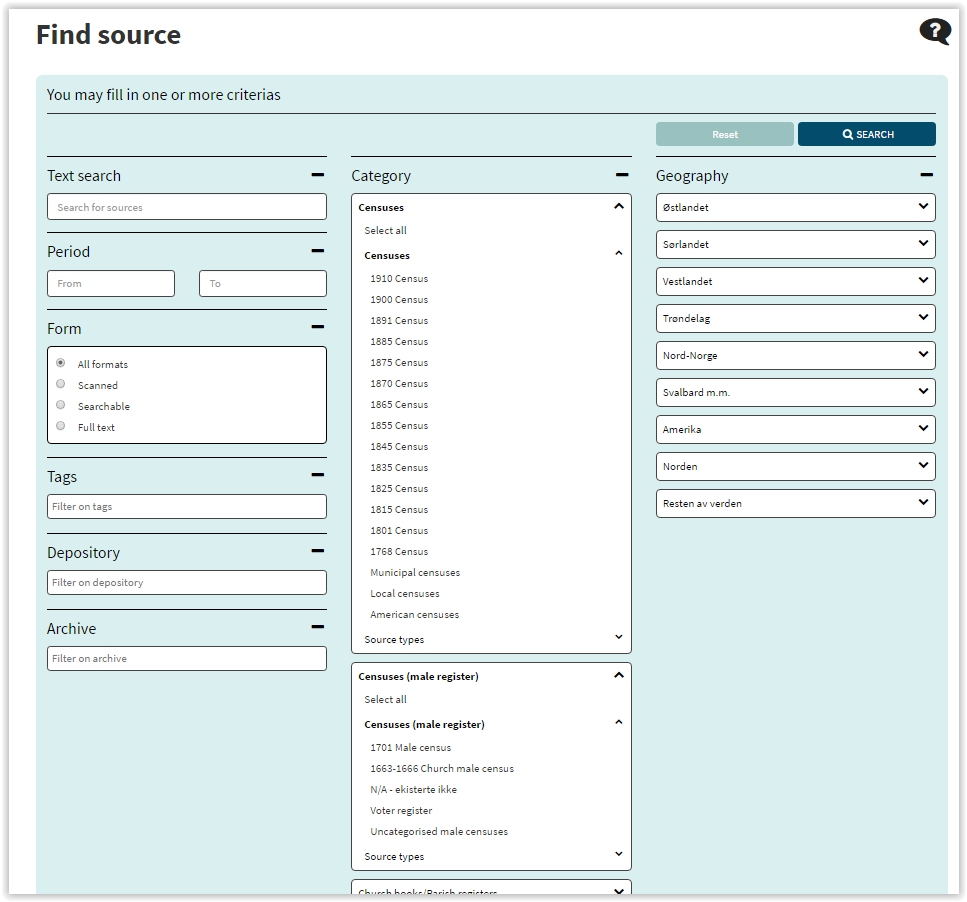
Male register (Manntal) 1664/Male register (Manntal) 1666
This Count was performed by having the ministers send in lists with the names of the male population. Whether we look at this as one or two censuses, they did not include the towns and the county of Finnmark (Thuesen 1996:19). We need to remember that many of the areas that today are part of towns, were not so in the 1660s.
The Censuses 1664-1666 are included in the Digitalarkivet. Here they can be searched as scanned documents. This means you need to know where to look. The handwriting can be very hard to read.
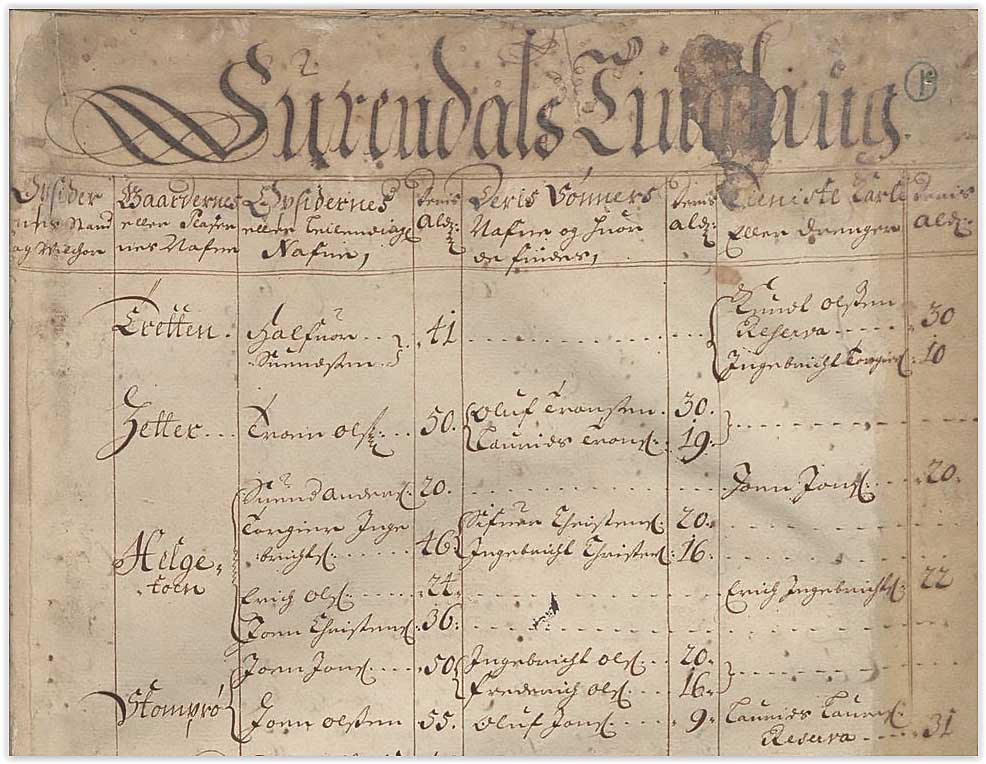
Male register (Manntal) 1701
This was another count of the entire male population in Norway. Due to poor phrasing in the instructions, many infants are left out of this census. The towns and the county Finnmark is not included. Some of the original material is lost (Hovdehaugen 1984:89).
The 1701 census is included in the Digitalarkivet. It can be viewed as scanned documents and it is also indexed and can be searched.
When it comes to Finnmark, you can find some information in the “Finnemanntalet 1686”. This is not a mancount or census per se, but rather a registration of all men of Finnish origin in Norway. The count was performed in all districts that had people of Finnish origin. The Finnemanntal is published as a book (Opsal 1990).
Accessing the search menu for the censuses is most easily done from the opening page in Digitalarkivet, by clicking the link “More searches”
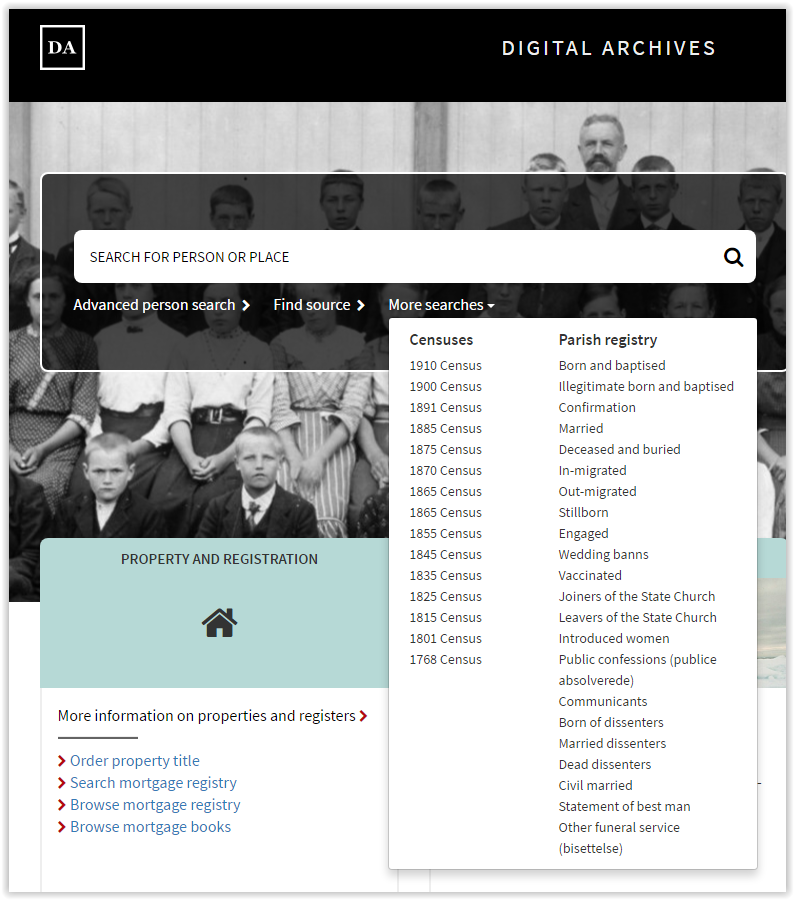
Census 1801
The 1801 census is close to complete and is indexed in the Digitalarkivet. This census gives us a lot of information about the population. Here the age is recorded. We must note that the age is not always correct. When cross-referencing a find in this census with other sources (e.g. church records), we must look at records a couple of years before and after the calculated birth year. The cotter families are recorded, but they are listed under the farm where their cotter’s place belonged (Hovdhaugen 1984:60).
From the information on the Digitalakrivet:
“The census contains the names of farms (in rural areas), the full names of inhabitants, the familial ties between household members, their age, marital status, and occupation. For married and previously married people, it was recorded how many times they had been married or widowed. […] People were registered in the regions where they belonged. Those who were absent, e.g. sailors, should hence be listed in their hometowns.”
Due to the way the 1801 census was indexed, all the inhabitants of a Gard (farm) are shown, in the “result page”, in one long list. In towns, entire streets may show up in the search results. Nevertheless, by looking at the “Household no” you can see who lived together. The censuses from 1865 and onwards are indexed so that each “Bruk/husmannsplass” (Farm part/Cotter’s place) within a Gard (farm), show up as separate search results. If you are unfamiliar with the Norwegian farm structure, you might want to take a look at this article.
Census 1865
Carried out December 31. 1865
Two important items were included in this census; birthplace and religious affiliation. By recording the birthplace they made it easier for us to follow a family line from district to district. This is the first census that lists the names of the cotter’s places (Sandal 1991:119). This census records age so the calculated birth year may be inaccurate.
The 1865 census can be searched in the Digitalarkivet and at The Norwegian Historical Data Center
Census 1870
The census for 1870 was carried out in towns only. At the time of this writing, only a few towns are indexed in Digitalarkivet.
Census 1875
Carried out December 31. 1875
The census lists the birth year, as opposed to age that was used earlier (Sandal 1991:119) The censuses became now a little more reliable when it comes to time of birth compared to the ones where age is recorded. People were to be recorded both at their permanent resident and at the place they stayed temporarily at the time of the census. This means that the same person could be recorded twice (Thorvaldsen 1996:61).
This census is in the process of being indexed and is, at the time of this writing, not complete. The work is a joint venture between The Norwegian Historical Data Centre (NHDC), The Norwegian Genealogy Society DIS and the LDS Church – Family Search.
The census can be searched at Family Search, The Norwegian Historical Data Center and Digitalarkivet . These different sources may not be synchronized at all times, so if you don’t find what you are looking for in one you might try the other two. (I looked at the municipality of Vestnes in Møre or Romsdal county. It is not listed in Digitalarkivet, but it looks like NDHC does have some records from this municipality). To access the scanned image of this census, you need to enter through the “Find source menu”.
Census 1885
This census was carried out 31. December 1885 and 1. January 1886 in the towns only. For Finnmark county, it looks like larger rural areas around some of the towns are included. The census can be searched in Digitalarkivet. To access the scanned image of this census, you need to enter through the “Find source menu”.
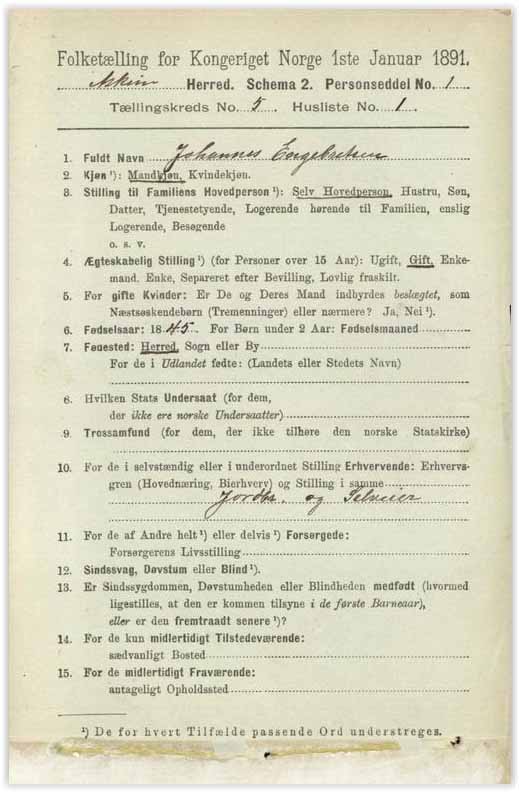
Census 1891
Carried out January 1. 1891
The 1891 Census is available in the Digital Archives in a scanned version (There are a few districts that are indexed that can be searched here). It is a bit hard to search the scanned part (areas that are not yet indexed) unless you are familiar with the area where you look for information. When the residence of the person you are looking for is unknown, it will often be difficult to find that person in the part of this census that is yet not indexed. (Digitalarkivet).
You can browse the scanned part of the 1891 census by using the “Find source” feature in Digitalarkivet.
Census 1900
Carried out 2. December and 3. December 1900. Some of the original data for this census is lost.
You can search the 1900 census in Digitalarkivet and in The Norwegian Historical Data Center.
Census 1910
Carried out December 1. 1910
For the first time, the population is listed with birth dates in addition to birth year.
The 1910 census can be searched here (Digitalarkivet).
Name lists for numeric censuses
From 1815 to 1855 there were a number of numeric censuses. These were only for statistical purposes. A few districts included lists with names. These were available in the pre June 2017 version. At the time of this writing, they are, as far as I can tell, not made available in the new version.
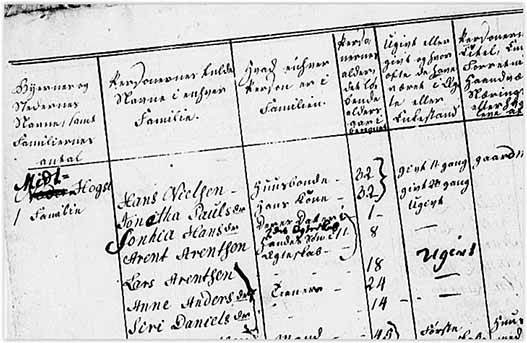
Municipal censuses
From 1883 to 1925 there were 9 separate municipal censuses performed. A small number of separate parochial censuses from 1755 to 1827. To access these census, you need to enter through the “Find source menu”.
From 1900 there were censuses in Norway every ten years. Norwegian censuses are closed for privacy reasons for 100 years. The next census to become available will be the 1920 census in 2020.
Sources
Hovedhaugen, Einar: “Slektsgransking” Oslo: Landbruksforl., 1984
Opsahl, Erik: “Finnemanntallet 1686” Oslo: Norsk historisk kjeldeskrift-institutt, . 1990
Sandal, Per: “På leit etter slekta” Oslo : Samlaget, 1991
Thorvaldsen, Gunnar: “Håndbok i registrering og bruk av historiske persondata” Oslo: Tano Aschehoug, 1996
Thuesen, Nils Petter: “Den store slektsboken : slektsgransking, veiledning til kildene, slektstavler til utfylling” Oslo: Orion, 1996

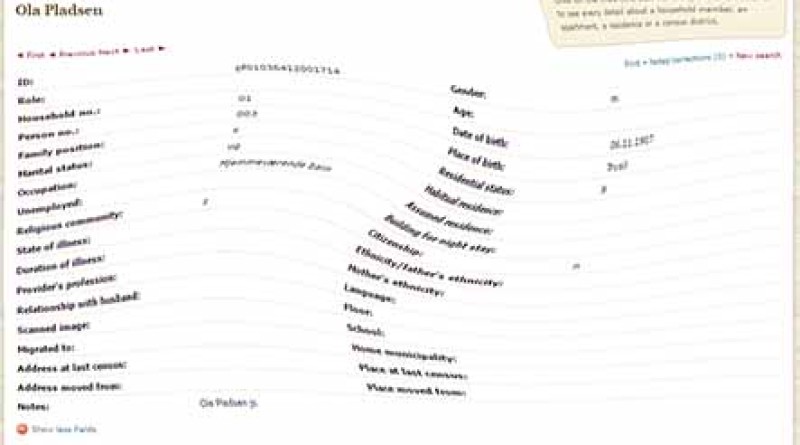


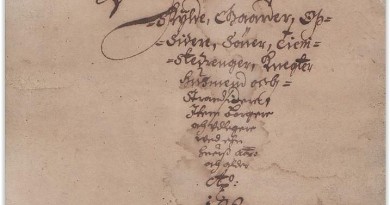
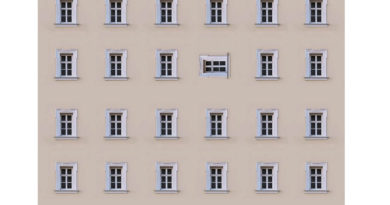
Thank you. This was very helpful. Perhaps I can find a few more people now with this information. One note: It would be helpful to know if the 1875 Census is completely digitized. I do not believe it is as there are people I know from Parish books were living in a town but there is no census report for them online. I do not know if the reports have been lost or just not ever digitized. It would be nice to have this information!
You are right Judy. As I point out in the article, the 1875 census is not complete digitized yet.
Pingback: Fee or Free 1875 Norway Census - OnGenealogy